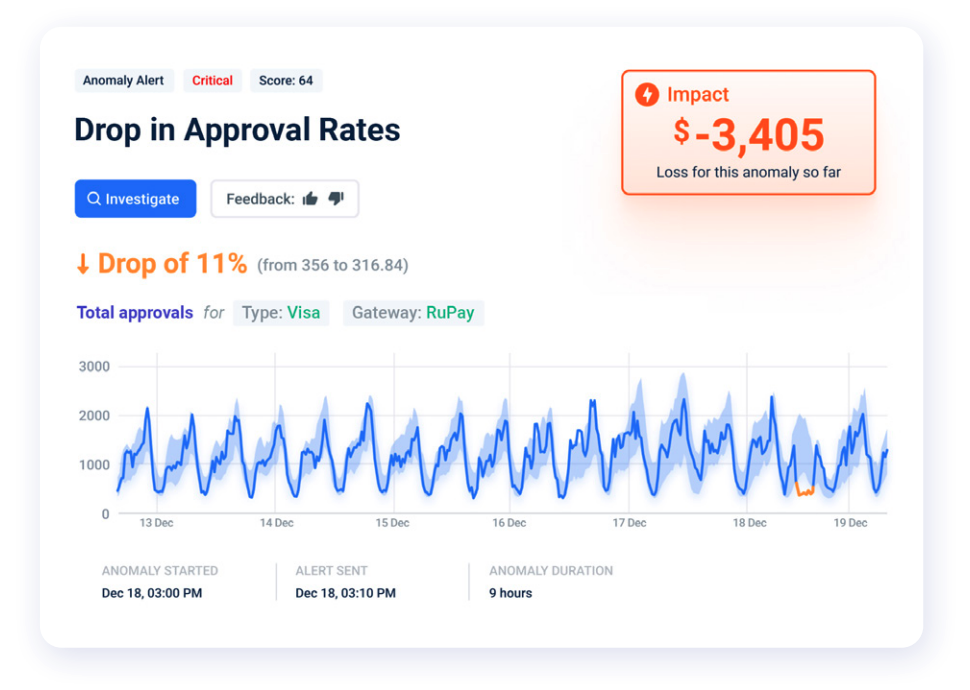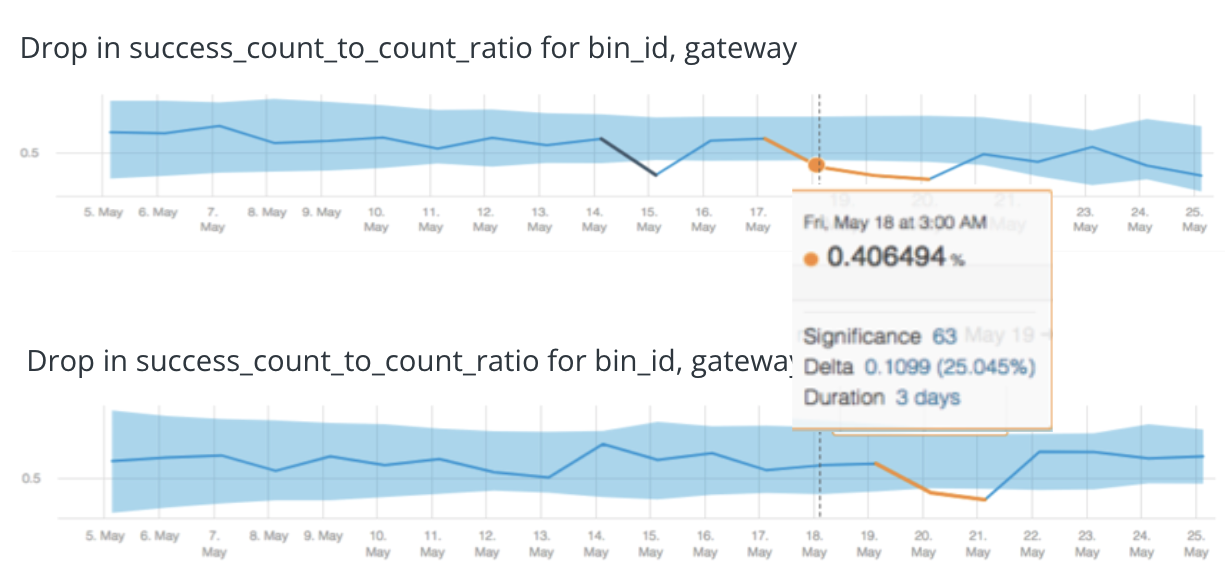The fintech market grows larger and more diverse each day. The financial news website Market Screener says the global fintech market will be worth $26.5 trillion by 2022, with an average annual growth rate of 6%. In Europe alone, the use of financial technology increased by 72% during 2020.
Competition in this market segment is also on the rise. In the first eleven months of 2021, over 26,300 startup companies joined the fray—more than double the number of new entrants just three years earlier.
As competition for customers’ engagement and loyalty heats up, players need to address much larger audiences, spread across ever-growing geographic regions. Monitoring and managing business operations becomes more challenging as the number of customer accounts and financial transactions continue to grow. Consequently, more solutions that solve fintech-related problems are needed.
There is a focus on solutions that help fintech companies optimize all phases of their operations, from customer acquisition to payments processing and forecasting of payouts. In all aspects of the business, there is little margin for error or unexpected disruptions or downtime. Optimizing performance is key to succeeding in this industry.
The explosion of activity spawned by all these companies is generating massive amounts of customer and payment data as well as information about the underlying business processes. Deep insights hidden within this data can help companies optimize their payment approval rates, transaction costs, and fraud mitigation, as well as retain customers and give revenue growth a boost.
Time is Critical When Issues Arise in Payment Processes
The fintech industry comprises many different sectors and industries, including retail banking, acquiring banks, payments facilitators, trading platforms, crypto-currencies, P2P payments, and more. While the industry is diverse, all players have at least one thing in common: a sophisticated technology platform that processes upwards of millions of transactions daily, often with calls to third party partners in the value chain.
Throughout these platforms are points where data can be collected, measured, and monitored for changes, anomalies, and trends that can be indicative of an issue in operations or the business outlook.
For example, the payment services company Payoneer closely monitors 190,000+ performance metrics in every area across the company. They are watching for any indication that something is even slightly off kilter with the business – such as, an unexpected decline in people registering for a new account, or a glitch in an API with third party software – in order to address issues quickly.
Payoneer also monitors customer withdrawals in order to accurately forecast the funds that must be available for withdrawal, in the currencies that customers prefer, without over-allocating funds and losing the opportunity to use that money elsewhere in the business.
Time is critical when it comes to identifying and resolving issues in payment processes. Consider what happens if there is a glitch in an API to a backend banking system that is crucial for payment approvals. If transactions can’t access this API, the payment acceptance rate will plummet and the fintech company is going to lose revenue during this unexpected downtime. Not only could the monetary losses be quite significant but the company could suffer reputational damage as well if customers can’t complete their payment activities.
To make sure every payment transaction is completed as expected, operations teams must be able to find and fix payment issues as they’re happening anywhere along the end-to-end transaction path.
Traditional Dashboards Can’t Keep Up
Traditional dashboards and analytics solutions cannot keep up with the complexity and volume of payment data and channels. Operations staff and analysts have to manually dig into multiple dashboards to uncover (if possible) the root cause of a payment incident and then remediate the problem.
Given that dashboards typically present historical rather than real-time data, analysts lose the ability to make decisions and act on something that is happening right now. This further delays mitigation and drives up revenue losses resulting from low success rates. To optimize the payment process from end-to-end, fintech companies need the benefits of AI-powered insights.
Payment transaction monitoring is the practice of observing customer transactions and payment data (payment approval/failure, payment fees and rates, payment behavior, etc.) in production to ensure performance and availability. AI-based real time monitoring ensures that networks, applications, and third party service providers perform as expected.
When transactions fail, it often means that a business’s most critical, time-sensitive applications fail as well. And even if a payment transaction doesn’t fail outright, performance degradation and data anomalies can wreak havoc on the user experience and signal problems in essential system functions. That’s why monitoring transaction behavior is just as crucial as monitoring critical servers and infrastructure.
Get Real Time Insight into the Behavior of Payment Data
Anodot’s highly scalable automated payment monitoring helps companies gain real-time insight into the behavior of their payment data. Using sophisticated autonomous machine learning, Anodot learns the patterns and behavior of each metric across the payment chain and discovers hidden relationships among the metrics.
By understanding the expected behavior of metrics, Anodot detects when something anomalous happens, filters through the noise and false positives, and alerts on the issue before it can seriously impact customers or revenue.
As an example, consider a global payments company that uses Anodot to continuously monitor payment approval rates across multiple dimensions such as country and currency. Anodot spots a drop in approvals for the Indian rupee. At the same time, the approval rates for the Indonesian rupee and the Pakistani rupee drop.
The company recognizes that all three currencies are going through the same processing provider, indicating a problem with that provider that must be investigated. So, Anodot doesn’t just recognize a drop in payments; the system recognizes the correlations of the incidents that enables a conclusion about what changed in the business.
This example shows how Anodot transaction alerts help companies react to changes that can affect payment optimization, but Anodot also delivers business insights that can be used proactively to really optimize payments.
For example, merchants use smart routing of payments using simple rule engines. When Anodot notifies a merchant of a problem area resulting from routing payments in a specific way, the merchant can change the routing rules to go through a different processor. In fact, the alert can trigger the routing change automatically in order to respond even more quickly. This actionable alert allows the merchant to be proactive and avoid payment issues over the troublesome route.
Issues Show Themselves as Anomalies
If a picture is worth a thousand words, the graphic examples below show Anodot alerts to fintech clients that help them keep payments – and business – on track.

A drop in approval rates in a particular payment gateway

A spike in partner API activity

Transaction count dropped to zero

Drop in success rate for payment gateway
Fintech companies can optimize their revenue with Anodot’s automated payment monitoring. Anodot’s AI-powered platform helps companies detect payment issues faster, intelligently route payments, optimize approval rates, and gain a competitive advantage in a crowded market.



